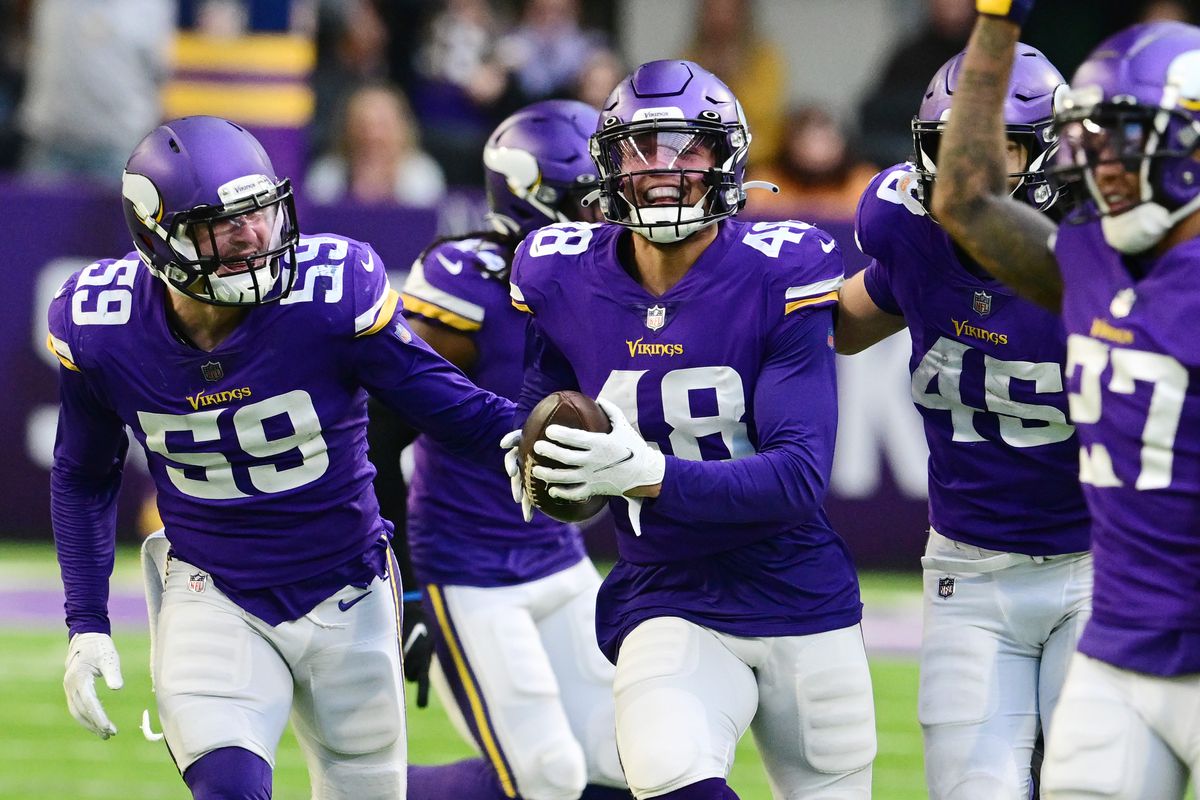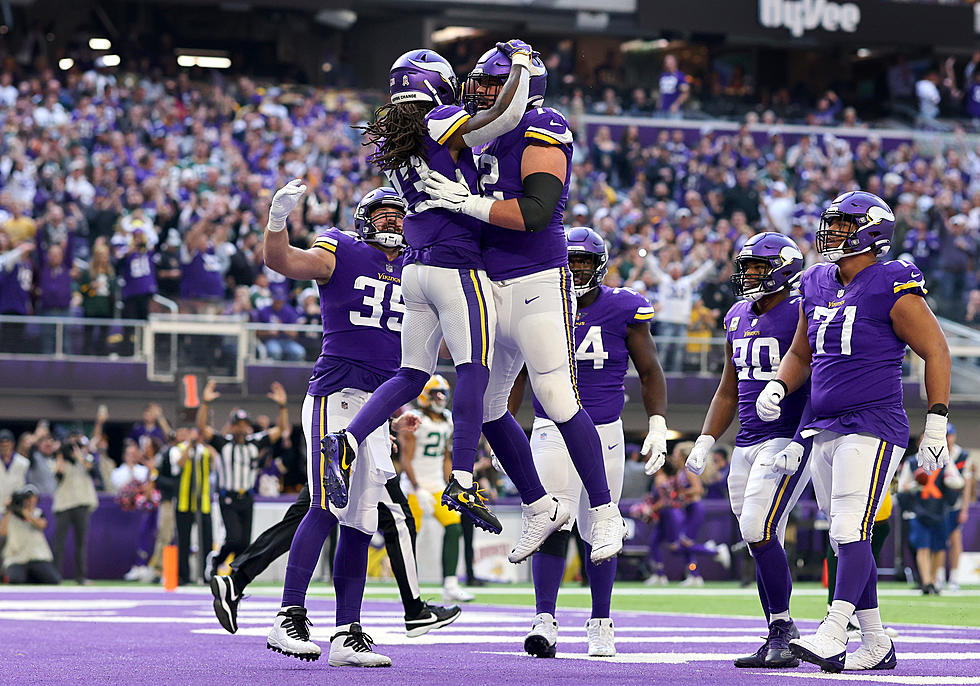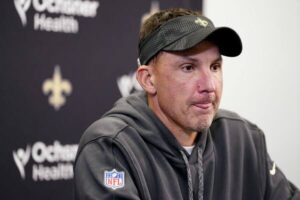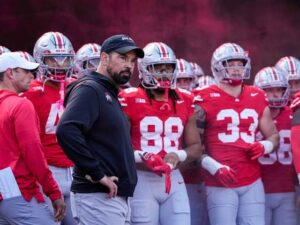
The Minnesota Vikings’ season is all but over after losing 33-10 to the Green Bay Packers inside U.S. Bank Stadium. Minnesota drops to 7-9 after the New Year’s Eve loss and has a 2.8% chance of making the playoffs, according to ESPN FPI. The Vikings’ playoff hopes now hinge on a victory over a stoic Detroit Lions team inside Ford Field, as well as losses by Green Bay and the Seattle Seahawks, as well as a loss by either the New Orleans Saints or the Tampa Bay Buccaneers.
Instead of rehashing the nationally televised thrashing on both sides of the ball, let’s take a step back and examine this season from a 30,000-foot perspective.
But first, some thoughts on Kevin O’Connell’s decision to start Jaren Hall against the Packers. I’ve heard it said that taking the ball away from Nick Mullens and giving it to the fifth-round rookie out of BYU was a panicked decision. With due respect, I must disagree. While there have been some obvious hiccups along the way, most notably against the Las Vegas Raiders and Chicago Bears, O’Connell has built a functional offense with two different quarterbacks who have produced 99.9-plus passer ratings in three games (at Atlanta, vs. New Orleans, and at Cincinnati).If anything, O’Connell’s decision to start Hall against the Packers reflected Minnesota’s head coach’s confidence in his offense with Josh Dobbs and Mullens.
But here’s arguably the most important reason Hall was chosen. In March, when the Vikings were deep into their Cousins negotiations, the Star Tribune’s Ben Goessling shared the following on his Access Vikings podcast.
“[The Vikings] haven’t had the idea of a young quarterback on a rookie contract in a long time, and I think there’s some excitement in the building about that.” What would it look like if we had this kind of financial hack of paying a starting quarterback $7-8 million a year instead of $30 [million] and getting that level of production? If you get that guy right, which is a big if, that certainly is intriguing to some of the people in that building.”

After Mullens threw four interceptions against the Lions on Christmas Eve, O’Connell and the powers that be at TCO Performance Center had a chance to see if they could maintain that 99.9-ish passer rating production from a signal caller who will be making roughly $1 million against the cap over the next three years. The Vikings are back to the drawing board for their short- and long-term solution at the game’s most important position after the Call for Hall experiment failed for two quarters on Sunday night.
Enough about the Week 17 drubbing at the hands of the Cheeseheads. Despite dropping five of their last six games, the Vikings have arguably overachieved this season. After the reigning NFL Offensive Player of the Year misses eight games and their Pro Bowl quarterback misses the final nine games, teams aren’t supposed to be competing for playoff berths in Week 18. Sean McVay’s Los Angeles Rams finished 5-12 after missing eight games due to injuries to Cooper Kupp and Matthew Stafford. Kyle Shanahan’s San Francisco 49ers finished 6-10 in 2020, despite missing Jimmy Garoppolo for 10 games and Deebo Samuel for nine.
Since we’re discussing the 2022 Rams and 2020 49ers, let’s compare their offenses to the 2023 Vikings. After all, these three teams all had similar injuries to their starting quarterback and wide receiver.
- 2022 Rams
- 27th in points
- 32nd in yards
- 29th in EPA/play
- 2020 49ers
- 21st in points
- 15th in yards
- 21st in EPA/play
- 2023 Vikings (through Week 17)
- 22nd in points
- 12th in yards
- 15th in EPA/play
- While I understand Skoldiers’ frustration with O’Connell’s carousel of quarterbacks and/or his inability to better adjust his offense on the fly for each signal caller, it’s important to remember that he’s doing a better job in recent years than both McVay and Shanahan at overcoming the same unfortunate circumstances to their respective offenses.

- And, my goodness, Brian Flores’ defense has outperformed this season. Despite allowing an average of 30 points and 412 yards over the last three games, the Vikings defense is still ranked 12th in points allowed and 16th in yards allowed this season. All things considered, that’s a huge accomplishment for a defense that has finished near the bottom of the NFL in most defensive categories the past three seasons. While I’m sure it’s easier said than done, Vikings fans should try to step back and look at the season as a whole. Despite the scorn heaped on O’Connell recently, it’s a near-miracle that this team hasn’t been eliminated from playoff contention as of Week 18.






